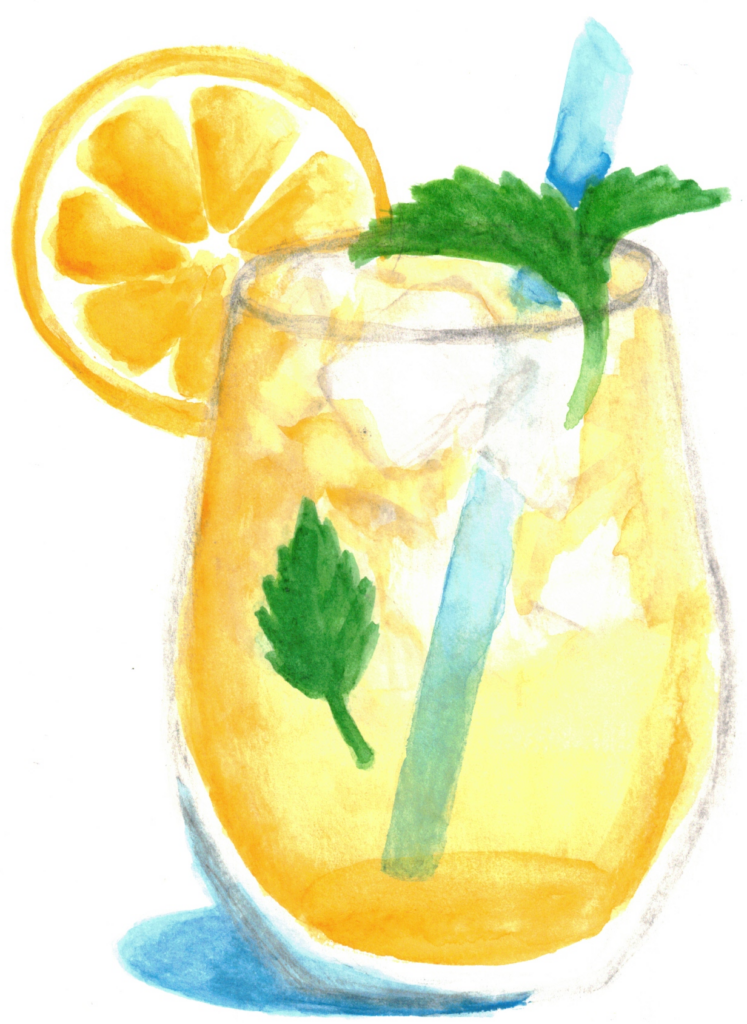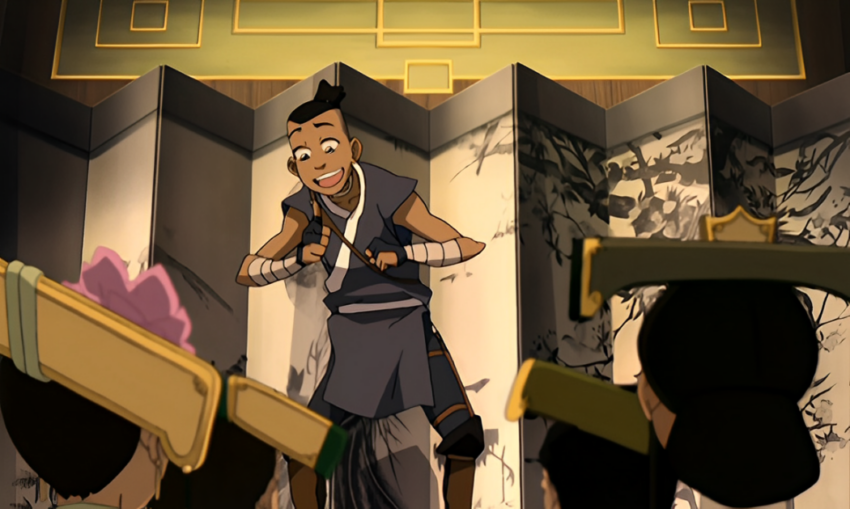Tone can be one of the hardest things to master, especially in the first draft of a novel. There’s a fine line between oppressing your reader with needless darkness and adding so much humor that the story seems irreverent.
But between those two extremes is the perfect tone, offering enough meaning and impact to create a story that matters without weighing down every single chapter with new (or old) emotional baggage and no breaks.
That’s what humor is for. It offers a breath of fresh air between emotionally weighty subjects, giving your audience a chance to laugh, sigh, or cringe through hilarious second-hand embarrassment before turning the page to the next adventure, risk, or tragedy. These moments are a much-needed part of any story, but balancing them can be hard.
That’s why this week, we’re looking at Avatar: The Last Airbender, and how they mastered humor in their fillers. Specifically, we’re diving into the hilariously poetic Tale of Sokka in this week’s edition to our Month in Ba Sing Se.
The Tale of Sokka
One evening, wandering bored down the streets of Ba Sing Se, Sokka spots and unintentionally interrupts a ladies’ poetry club formed by nine well-to-do young daughters of Earth Kingdom nobility. While most of the girls are charmed by Sokka’s awkward and refreshingly casual manner, Madame Macmu-Ling, the strict director of the group, takes special offense to his interruption.
She challenges him to a poetry battle, in which both must speak in lines with the syllables of the traditional haiku. Through carefully timed verse, Madame Macmu-Ling mocks Sokka’s careless scorn at an ancient art. With equally precise (though less elegant) poetry, Sokka bats back, pointing out that she is too arrogant for her own good and that poetry is not as difficult as she makes it seem.
The other girls, watching the exchange, find Sokka’s poetry hilarious, and each haiku sends them into another gale of giggles. Madame Macmu-Ling is insulted by the thought that poetry can easily be understood and adopted by a commoner, and several insults are exchanged before Macmu-Ling, tired of being challenged and laughed at by the girls, admits defeat.
But Sokka, too eager to quit while he’s ahead, takes the opportunity to compose a haiku commemorating his crushing victory over Macmu-Ling and haiku in general —
With one too many syllables.
And just like that, the laughter fades to disappointed silence, and Sokka is unceremoniously expelled from the poetry club, gone as quickly (and gracelessly) as he came.
When to Add Humor
We talked about this a bit in the first article on the Tales of Ba Sing Se, but a lot of emotional baggage has been dealt with the last few episodes, and not just Toph and Uncle Iroh’s. The Gaang is still on the hunt for Appa, Aang’s lost sky bison and the last relic of his people’s culture. Since Aang forms the focal point of their group, his anger and frustration with Appa’s theft has put a lot of strain on the others, and almost all of them have had to step up and put in extra effort to maintain their group and mission. Katara has had to become even more of the mother figure, Sokka has had to fill a bigger leadership role, and Toph wrestles with the guilt she feels having been forced to choose between saving Appa and her friends. They’ve been stranded in a desert, followed thieves across the Earth Kingdom, and traveled down one of the most dangerous paths in the entire world to reach Ba Sing Se. Every member of the group has been pushed to their limit.
And now they’ve finally arrived at the Earth Kingdom. At last there is a moment to breathe and recoup, but even that is ending up putting strain on their group. They didn’t just come to Ba Sing Se to find Appa. They’ve traveled to the capital of the Earth Kingdom to meet the Earth King and reveal a plan that could take down the Fire Nation and stop the war. But there’s so much red tape surrounding their audience with the king that they’ve spent day after day doing almost nothing. Each day brings them closer and closer to the Day of Black Sun — the Fire nation’s weakest point and their last chance to strike back against them. If they miss that day, the world — including Ba Sing Se — will fall to the Fire Lord’s power.
All of that tension (coupled with the moving Tales of Toph and Iroh) have added up to a very heavy section of the story. The audience and the characters needed a break — which is why The Tale of Sokka is such a welcome addition to the Tales of Ba Sing Se.
But notice what the writers didn’t do. They didn’t make Toph’s internal conflict humorous, or drop a joke about the death of Lu Ten. They haven’t tried to make us laugh because of how difficult losing Appa is for Aang.
They don’t treat important subjects lightly. They don’t punctuate moving scenes with a joke. They let those fall, allow the audience to feel their full weight, and then offer some humor afterwards to lighten the air.
We have an article coming up shortly that will deal with this idea in more detail, but for right now the important takeaway is this: Your readers will need a break. Eventually, let them have a rest from the tension or the drama or the stakes. That doesn’t mean you break the tension completely, or make the stakes seem unimportant or not as real. It just means you allow a breath of fresh air before plunging back into battle.
Without it, stories can come across as oppressive and needlessly dark or hopeless, which isn’t how any stories should be — even the ones that are supposed to be dark and gritty. Allowing this breath of fresh air shouldn’t mean you sacrifice the tone of your story. It just means your readers have something to look forward to between the life-or-death battles that will decide the characters’ fate.
All in all, humor can be a difficult line to walk. Too little can create a story that seems overbearing, while too much can break your stakes or make your story seem too lighthearted.But with a balance, humor offers a breath of fresh air without completely relieving the tension or diminishing your stakes. You don’t have to make a choice between good humor and maintaining your tone. Instead, balance both by writing a filler just like the Tale of Sokka.



My favorite of Sokka’s haikus is:
“They call me Sokka,
That is, in the Water Tribe.
I am not an oaf.”
What about you? Which one is your favorite?


Hi! My name is Mara, and I’m a Christian artist, violinist, and blogger. I remember the day that I decided that I would learn something new about what makes a good story from every book I picked up — whether it was good, bad, or a mixture of both. I use this blog as a way of sharing some of the tips and tricks I’ve learned, and highlight which books, cartoons, and movies have taught me the most about writing an awesome story.

